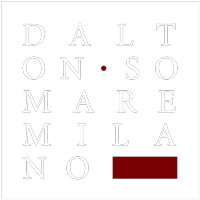Bamana, Mali
Early 20th century
Wood, fiber
85.5 cm
Provenance
Private Collection, Roosendaal, 1970
Then by descendants
Exhibitions
BRAFA Art Fair – 2025
Parcours des Mondes – 2024
“Les masques animaux ne sont pas des animaux: le masque-antilope n’est pas un animal, mais l’esprit antilope.” André Malraux
Objects of rare elegance and among the most renowned and appreciated traditional African sculptures, the antelope headdresses hold a pivotal role in Bamana culture. They encapsulate the immense importance of agriculture to the community and celebrate the cooperation and harmony between man and woman in planting and cultivating. The headdresses were worn by dancers who performed in pairs: the male headdress represents the sun, while the female symbolizes the earth. Together, the pair of ritual headdresses unites the elements essential for millet cultivation: the sun and the solid rooting of plants in the earth. The third vital element, water, is symbolically represented by the fiber costumes worn by the dancers during their performances. Carved by blacksmiths, the antelope headdresses embody strength and grace. Through their symbolic presence and performance, they imbue the agricultural world with the energy needed for a successful harvest. The present example, both elegant and subtly dynamic, captures a mother and her baby in a vibrant and lifelike pose. The lightness of the volumes, the elongated curved necks, and the attentive posture of the upright horns perfectly convey the delicacy of the female spirit and the essence of maternity. In keeping with the Bamana sculptural tradition, which favors geometric forms over naturalism, the overall composition is clean and minimalist. The meticulous attention to the decorative details on the bodies and the finely contoured lines of the horns highlights the creativity and skill of the artist behind this exceptional work.




